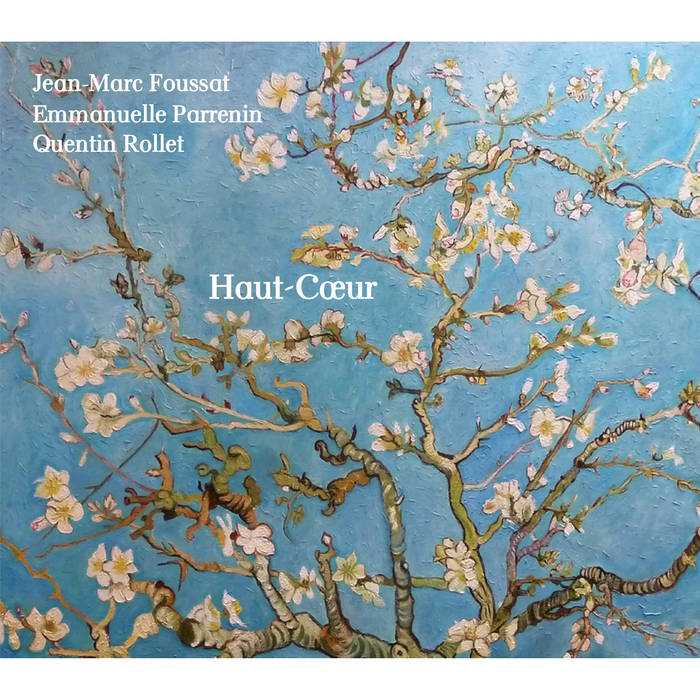I have appreciated for a long while the electronic and acoustic improvisational inventions of Jean-Marc Foussat and friends. There is a recent one he kindly sent me and I have been appreciating it. It is his electronics, voice and sounding of toys along with Emmanuelle Parrenin on hurdy-gurdy and voice, and Quentin Rollet on alto and sopranino saxes and small electronics. The album is entitled Haut-Coeur (Fou Records FRCD 42).
The program presents a magical series of soundscapes that majestically blend the three improvisers into some remarkably poetic sequences, with drones and thickening bands of sound that do not seem like typical electroacoustic improv these days, but instead plummet the aural depths of possibility with a pronounced abstract narrative more long-toned than pointillistic.
In all this Foussat and company bring us a kind of epic presence which in its own way furthers the High Modernist improvs of electroacoustic masters of the '50s and beyond, the pioneering Musica Electronica Viva, AMM, the improv groups of Stockhausen in that fruitful phase of his music, and Il Gruppo. In their own way the trio here, and Foussat in a remarkable series of electroacoustic records for his Fou label, all carry and extend the assumptions of the earlier groups, to improvise in ways somewhere straddled beyond Avant Jazz and New Music concert stylings. But then again the first and then the final drone section have a more cosmic ring to them than some of those early Improv-Electroacoustic sides, excepting Il Gruppo on some wonderful moments. But it is only natural that we should hear further evolution happening as we go along. Foussat remains a central force in it all today.
Do not fail to give this one your full attention. Bravo!



